This maximalist trend is looking to overtake quiet luxury – designers say it's all about 'retro luxe' in 2024
Channel the playful look of retro design but with a grown-up, sophisticated edge
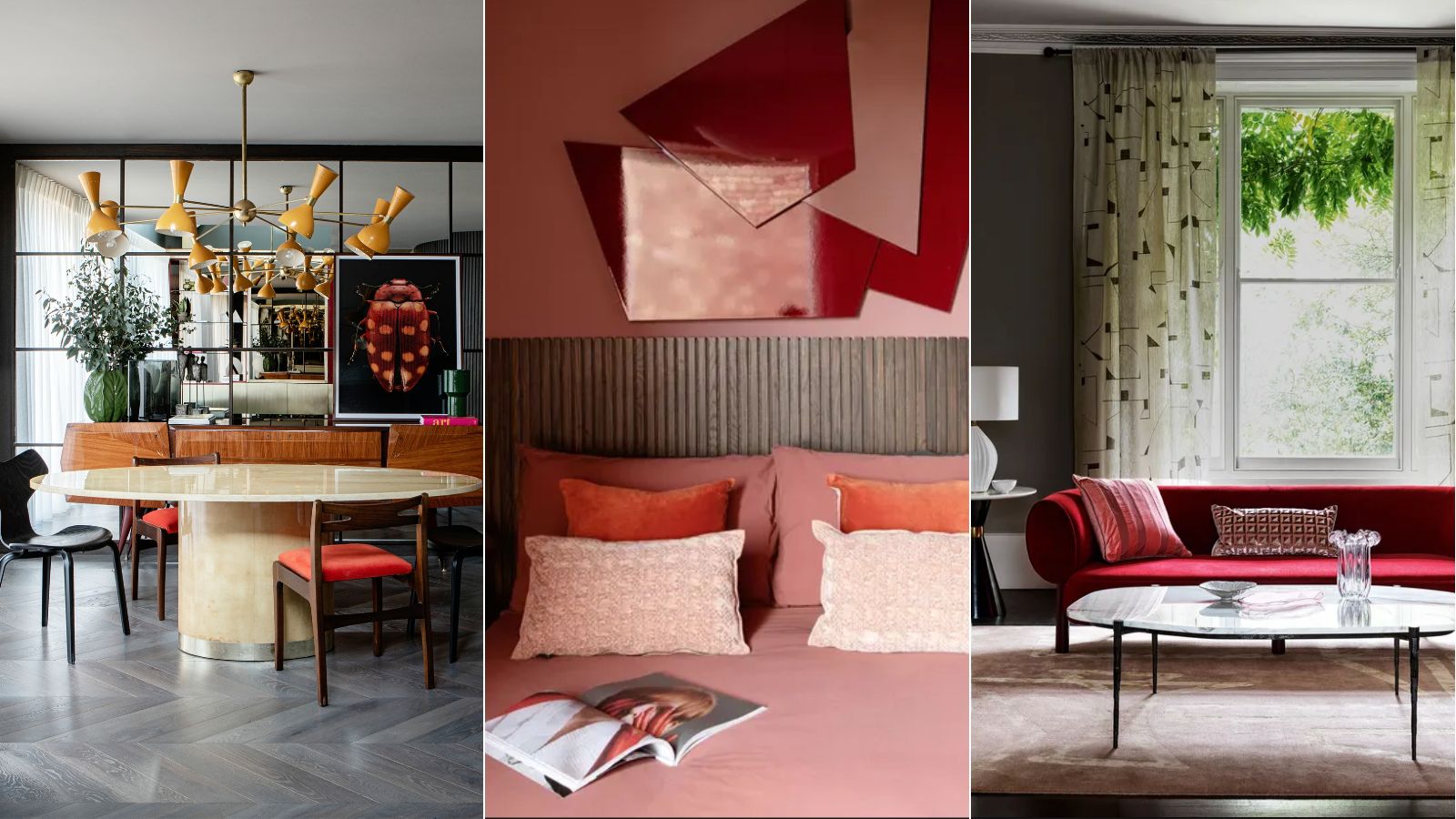

Retro-inspired decor has seen a major comeback in recent years. Taking reference from the past and incorporating playful decor into the home is a guaranteed way to add character and depth.
While retro decor can create a vibrant and dynamic scheme, it can also risk looking outdated. So how can you welcome a nostalgic look yet maintain a chic feel? Welcome: Retro Luxe.
Retro luxe is a new interior design trend that's been on the rise mainly in the fashion sphere, which is now being translated into the home, too. Here, we've spoken to interior designers to learn all about retro luxe, and how you can achieve this look through home decor ideas.
What is the Retro Luxe trend?
Explaining where retro luxe is derived from, Nina Grauer, interior designer at Dekay & Tate explains that it 'refers widely to the midcentury time frame, where we saw a lot of distinct styles come forth in colors, patterns, furniture and decor.'
'Original retro style is rooted in the color and design ethos of the 60s and 70s but faded away in the 80s through the early aughts as other, more contemporary design styles came into favor,' explains Nina. 'Like with everything in life, there are cycles, and right people are perhaps missing the simpler times of the past, and therefore incorporating some elements of retro style into their homes to make it feel comforting and fresh.'
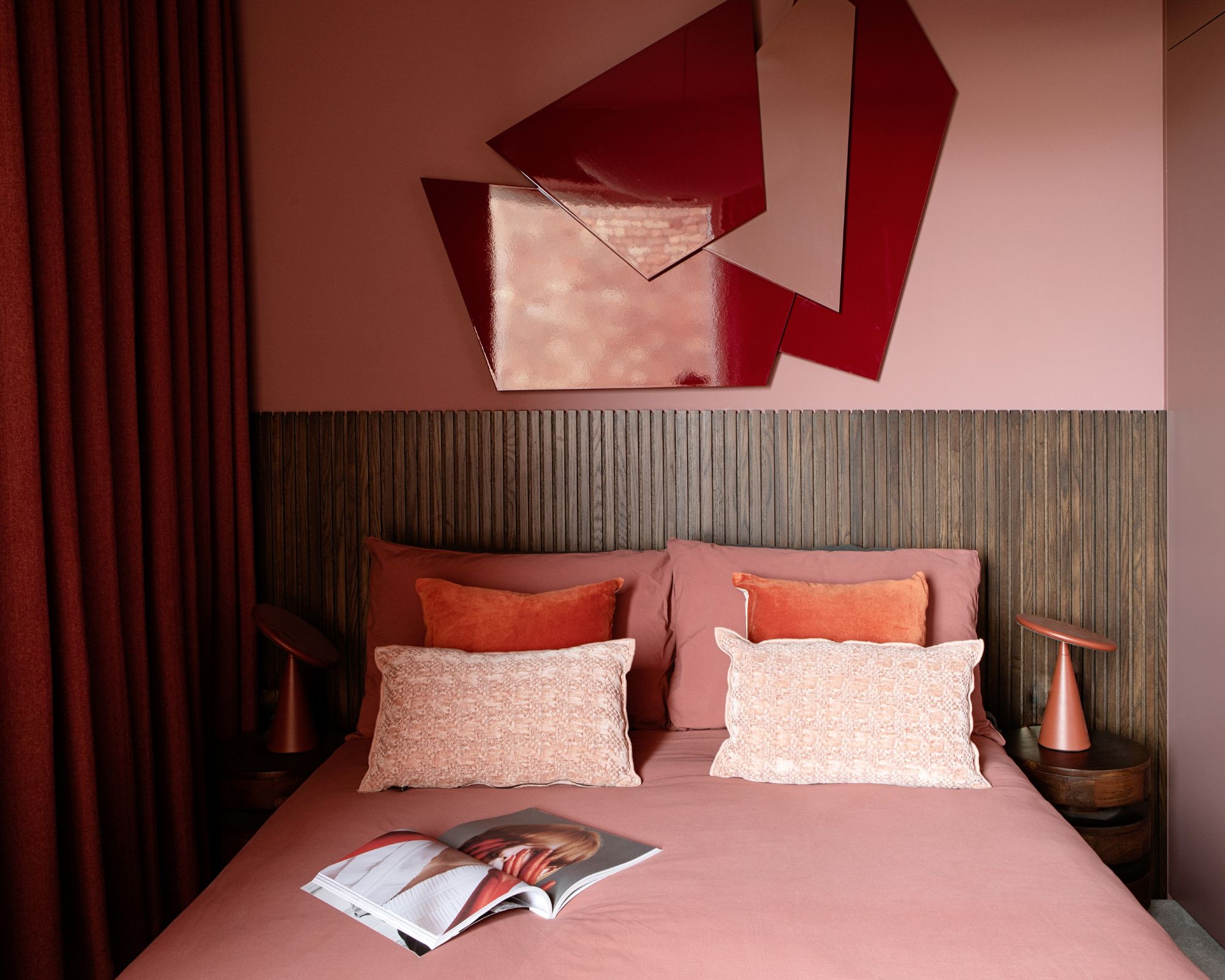
But what makes retro luxe different from other trends, such as the popular retro revival trend, is the addition of luxe elements to retro schemes to add an opulent edge. 'Retro-luxe incorporates highly decorative items from the past into more contemporary interiors,' says Tyson Ness, interior designer and founder of NYC-based Studio Ness. 'This allows these retro treasures to shine and take center stage while still allowing them to work in interiors that are usable today.'
'Retro luxe, to me, is the combination of thrifted or antique retro items with luxurious newer pieces,' explains interior designer Kathy Kuo. 'Adding pieces from different eras is a lovely way to add personality and soulfulness to your home and when thoughtfully styled with your modern furnishings, the effect has the potential to be so luxurious and special.'
Design expertise in your inbox – from inspiring decorating ideas and beautiful celebrity homes to practical gardening advice and shopping round-ups.

Kathy Kuo is a celebrated interior designer and international guru within the home and lifestyle space. She has 20+ years of experience in the design industry.
How to embrace the retro luxe trend in your home
There are many ways to achieve a retro luxe look in your home, but experts warn to do so sparingly. Going overboard with this trend can have an adverse effect since many retro decor items or furniture can be fairly dominant in the home, commanding a lot of attention.
'It is critical to incorporate it into your space sparingly, to avoid it looking outdated,' says Nina. 'Add one, maximum of two elements to a space and mix them with other design styles. For instance, we love midcentury modern sofas or chairs in bold colors, but then counteract that with sleek hardwood or carpet, or a contemporary coffee table and white walls. It is all about balance when it comes to retro luxe style.'
Below, we've rounded up three different decor ideas to help you create a retro luxe scheme.
1. Vintage furniture & lighting
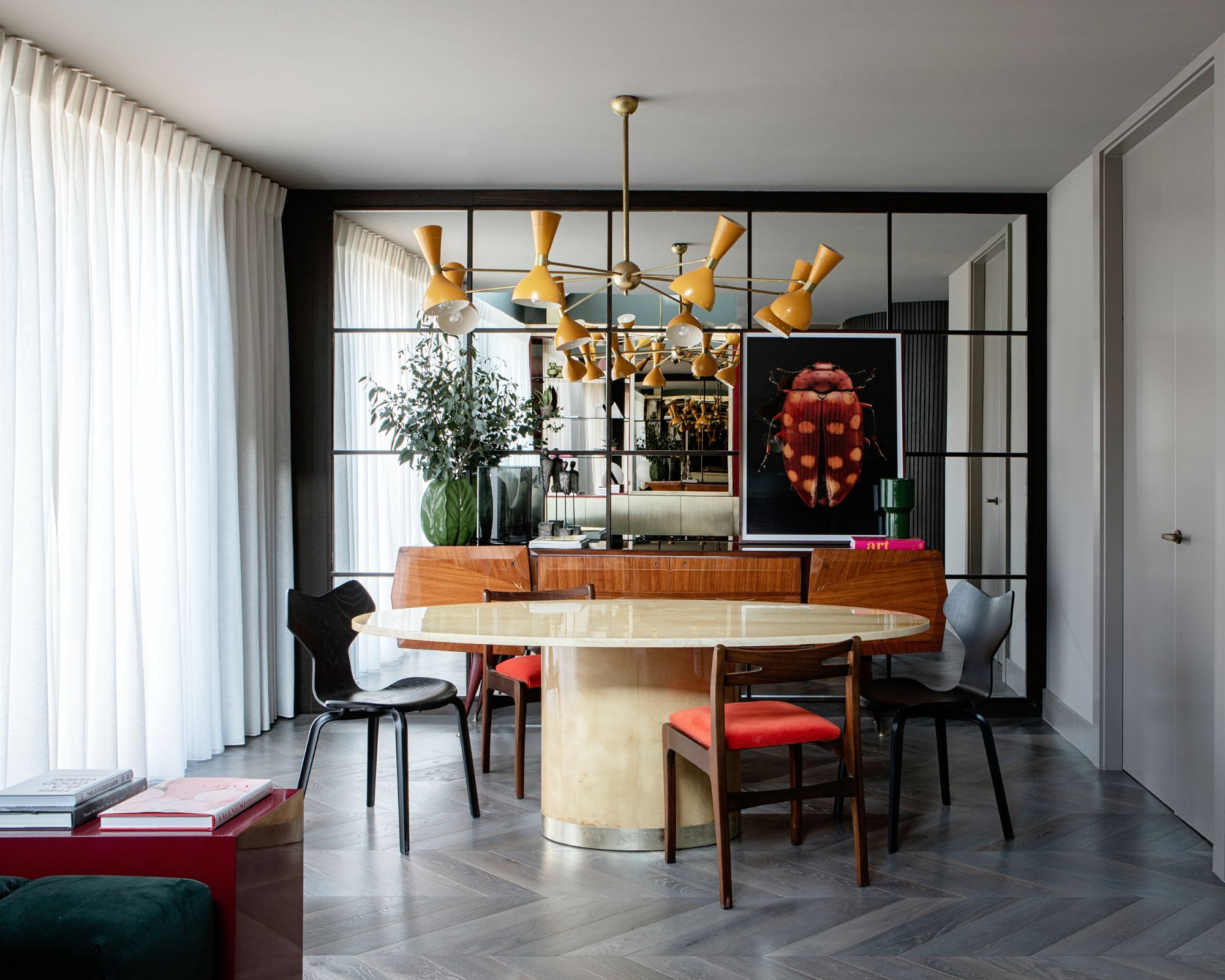
Vintage furniture is a hallmark of retro design, particularly midcentury modern. Its distinct look which Nina describes as 'usually very elongated, either angular or curved in an intentional way', instantly creates a retro look in the home. Decorating with vintage furniture is generally high quality, crafted from solid wood, so it will also withstand the test of time. Consider beginning your decor scheme with some standout vintage furniture items, such as an angular coffee table or sideboard, which will firmly establish a retro look.
But it's not just midcentury furniture you should embrace, but also lighting ideas. 'One of my favorite ways to embrace this trend is to incorporate vintage lighting fixtures from the 40s, 50s, and 60s into my interiors,' says Tyson. 'The sparkle from these vintage pieces can't be beaten, and they are unique enough not to be seen en masse in others' interiors.'
Focus on centering your room around high-quality vintage pieces, but consider offsetting the retro aesthetic with more modern details to ensure a balanced look. 'Retro luxe is about the materials used,' says Tyson. 'You must embrace vintage pieces that are mixed in with more contemporary pieces to strike the right balance and make it feel fresh. Remember, the style works best when the vintage pieces can be highlighted, so edit with care and make sure you strike that balance between new and old for a mix that feels current for today.'
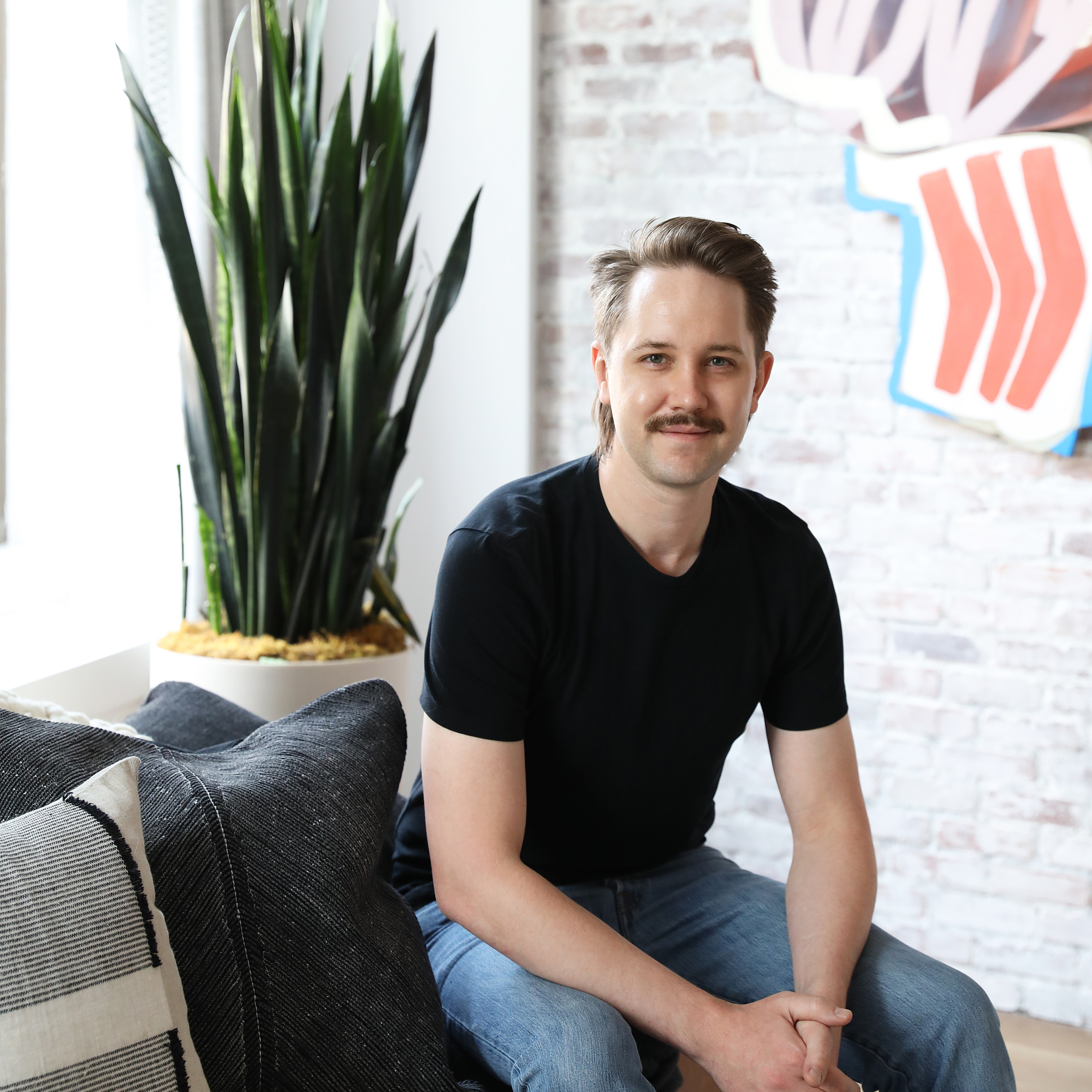
Tyson Ness is the founder and director of Studio Ness, a NYC-based full-service interior design studio. Studio Ness is known for its collaborative approach to residential and select commercial and workspace projects across the US and abroad, crafting spaces that are unique to the client. Tyson has over a decade of experience in the NYC design sector and has worked on a number of projects that have been featured in publications both in print and online.
2. Rich colors and patterns

As with any decor style, color forms a key part. To achieve the retro luxe trend, you should opt for a palette of rich retro colors, such as midcentury green and yellow. But to bring the luxe to this look, also consider adding deep, moody hues such as navy blue or rich wine shades, which can work well as a backdrop color in a room. 'Color is another key characteristic, typically the colors you would associate with the 60s and 70s: mustard yellow, orange, avocado green, and even cherry red,' says Nina.
You can also choose to embrace patterns in your retro luxe decor scheme if you're feeling more daring, such as by decorating with wallpaper to create a vintage look. 'Pattern is another big aspect of retro design, either through patterned motif wallpaper or the incorporation of a lot of shapes via wall murals,' continues Nina.
3. Luxurious textures

When creating a retro luxe decor scheme, you should focus on incorporating plenty of luxe textures in rich color trends to complete the look. Opt to add a layered effect by layering soft accessories such as throws on the sofa and colorful cushions to add interest. This will help the space feel warm and cozy, and will also further establish an opulent look. 'Try blending luscious fabrics like jewel velvets onto a vintage frame of a chair to highlight the beautiful and delicate lines of yore,' suggests Tyson.
Not only does this apply to smaller furnishings such as velvet cushions and throws, but you can also consider adding a large rug as pictured above. This will ensure that the retro furniture doesn't end up looking utilitarian – particularly important if your furniture includes lots of solid wood.
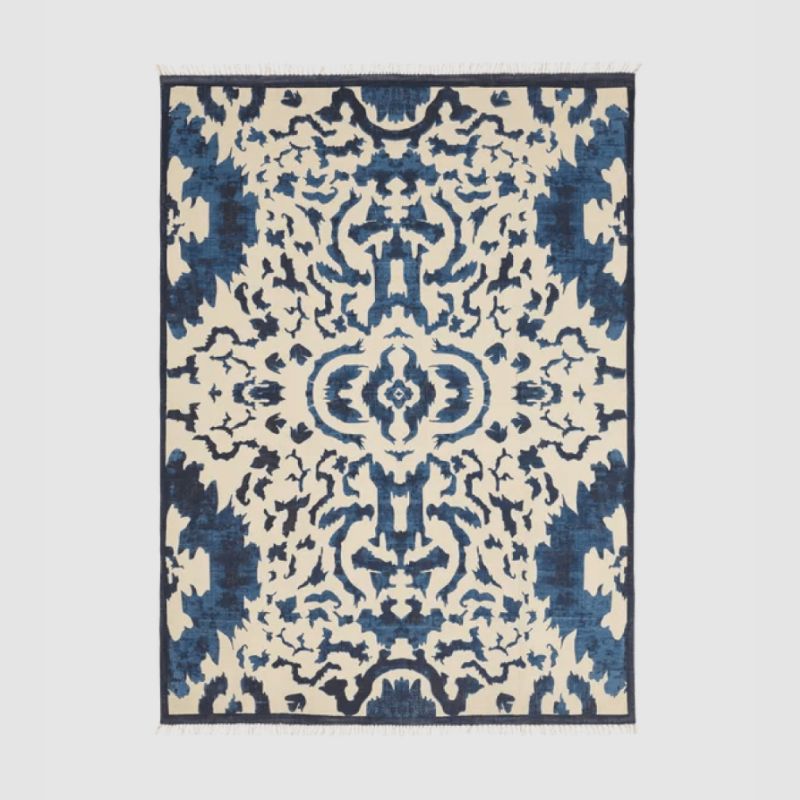
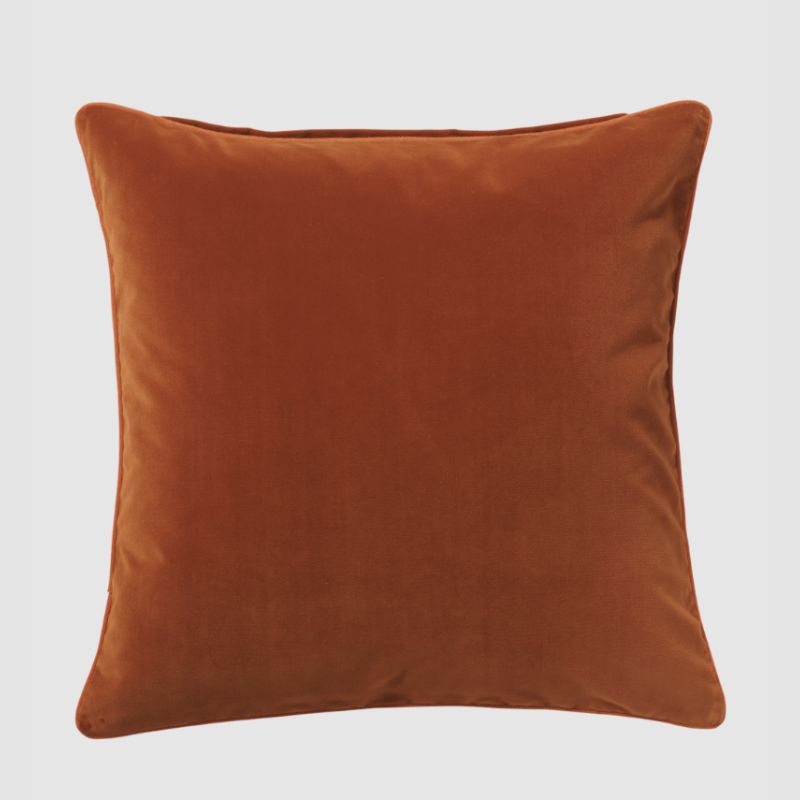
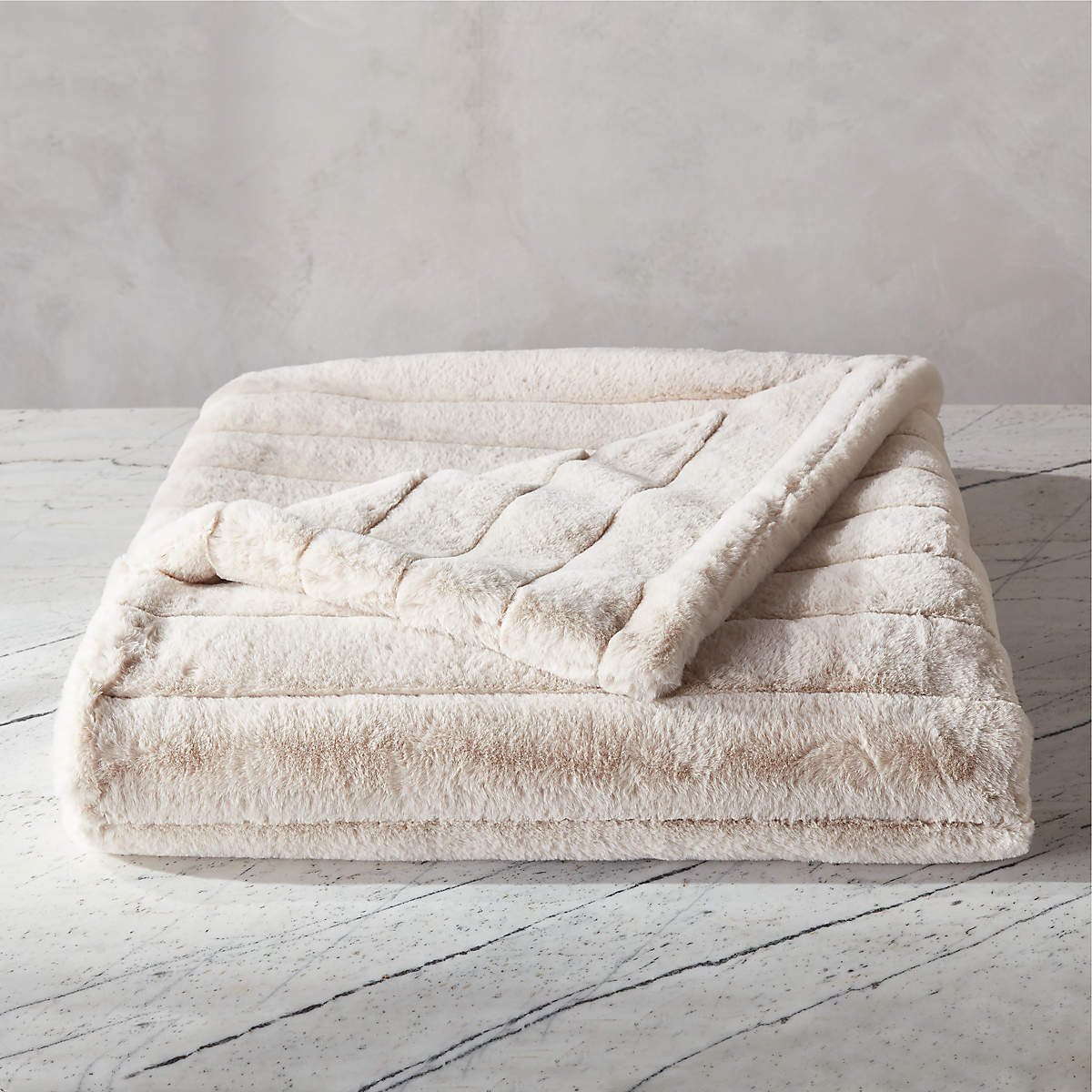
The retro luxe trend is a great one to embrace if you're drawn to vintage design yet want to add a feeling of grandeur. Once you start sourcing standout vintage furniture items, you can experiment with incorporating luxe materials, bold colors, and patterns to create a unique and cozy space.
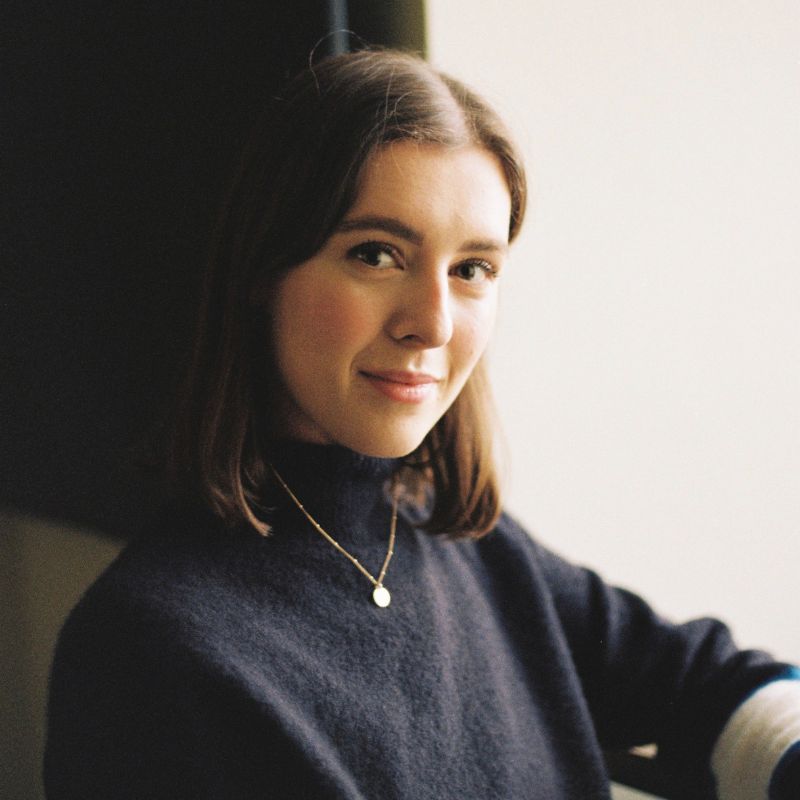
Emily is a freelance interior design writer based in Scotland. Prior to going freelance in the spring of 2025, Emily was Homes & Gardens’ Paint & Color Editor, covering all things color across interiors and home decor for the Homes & Gardens website. Having gained specific expertise in this area, Emily is well-versed in writing about the latest color trends and is passionate about helping homeowners understand the importance of color psychology in home design. Her own interior design style reflects the simplicity of mid-century design and she loves sourcing vintage furniture finds for her tenement flat.